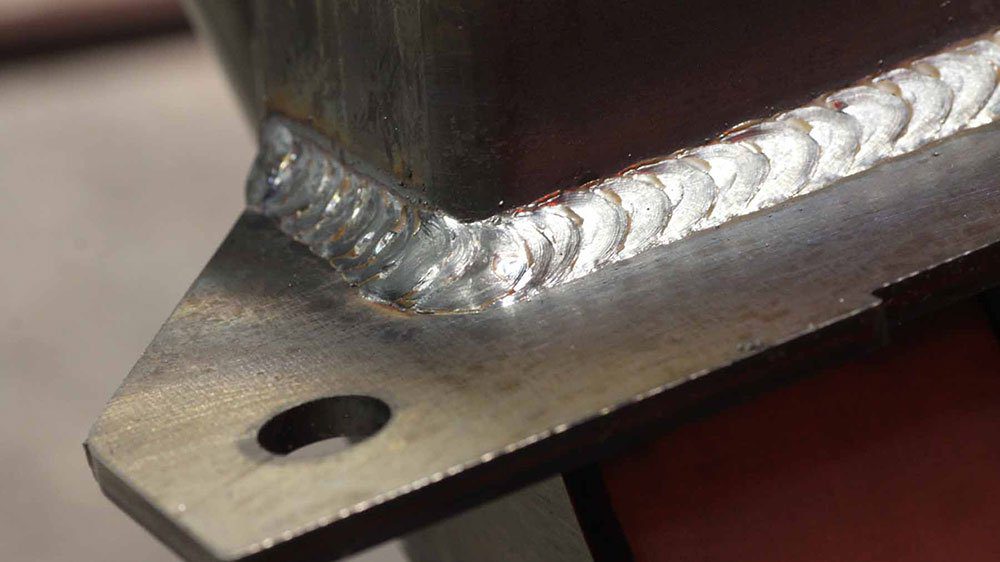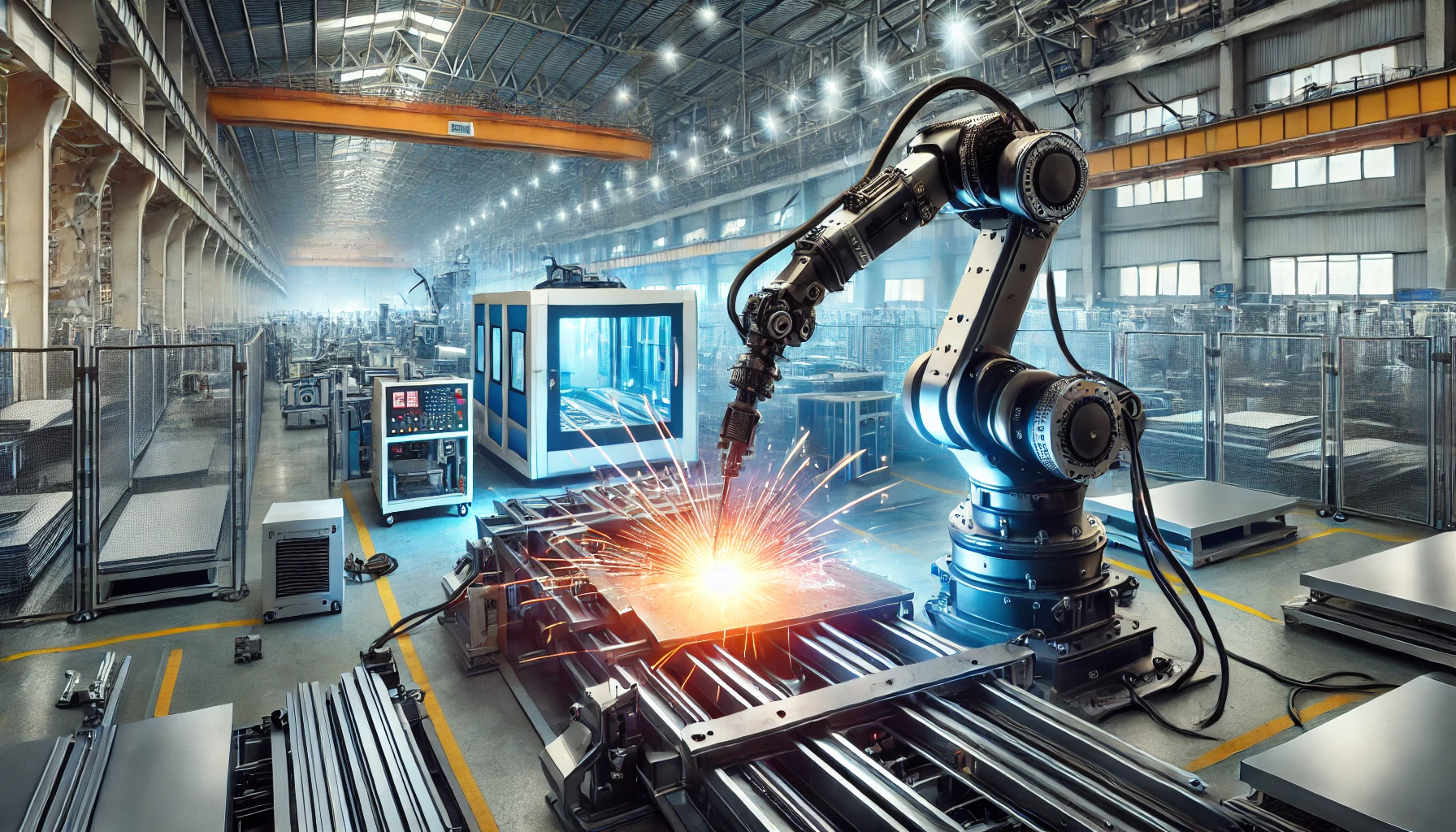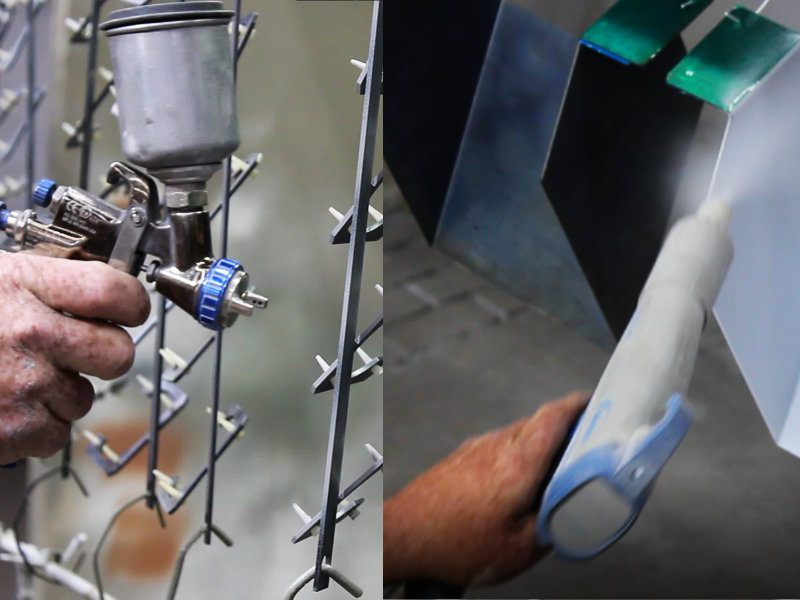Weld distortion is the plight of every welder! If you’re are an engineer or a welder, you have likely encountered some shrinkage on your weld project. It’s at that moment after you have made the weld with a great-looking bead. After a while, you notice a slight distortion on the metal surface you’re just welded.
At this point of no return, you have to correct the distortion. Here are some ways you can fix the weld distortion in your next project;
Heat Straightening
Heat straightening is a welding correction process whereby you apply heat to deformed part. This allows heating and followed by a natural cooling action to fix the deformation and get the metal back into its original condition. Although this process is not straightforward, welders find it highly desirable.
To complete heat straightening, the welder should apply measured heat to the metal steadily and allow it to enlarge and contract. The heating effect will guide you to adjust the position and heat amount applied to enhance the process.
This process is performed using an oxyacetylene torch. When using this torch to fix the metal, it is essential to avoid raising temperatures above the level where it might exhibit molecular changes.
Keep in mind that the purpose of heating is not to reshape the metal. You are heating so that it can expand before allowing it to cool. When heating and natural cooling is correctly applied, it’s easy to fix the distortion and get the metal back to its original shape.
One thing about this process is that it may never return the weld metal as it was before. All it does is reduce the distortion shape devoid of affecting its structural integrity or strength.
Hot Mechanical Straightening
This procedure of correcting deformation is almost similar to heat straightening. The main difference is that for this process, the metal piece is heated to the yield stress point. This is the level whereby the metal piece starts to distort plastically. Heating metal to this point allows it to straighten. At this point, you can easily alter the physical appearance of the metal.
Hot mechanical straightening allows you to correct severe metal distortions. However, you will encounter some problems.
Hot mechanical straightening is highly unpredictable. In some instances, welds and metals do fracture. Also, it may change the welded metal properties, leading to the occurrence of strange behaviors.
Also, in hot mechanical straightening, buckles, and wrinkles, alongside other distortions may occur as cooling takes place. Do not push the metal beyond the yield stress level because you might be altering the internal metal structure.
Hot Working
This process is an extended hot mechanical straightening that surpasses the yield stress point. In this procedure, the metal piece is heated until molecular changes start to occur. Typically, the metalwork exhibits a chilly-red color. The amount of heat is higher in this process.
After proper heating, you can get the metal to its desired position. It’s only a gamble, as there is no assurance to get the metal to its original condition. Additional distortions may occur on the metal due to changes in molecular structure. Both the weld and the metal may develop cracks after hot working.
Why is it Essential to Work with Welding Experts?
Correcting distortion after heating requires the hand of welding experts and not just anyone. All the above processes require much care and might backfire badly in the hands of unqualified staff.
At Blackstone, use our expertise and capabilities for safe and secure welding. Get in touch with us today, and we’ll solve your problems.




